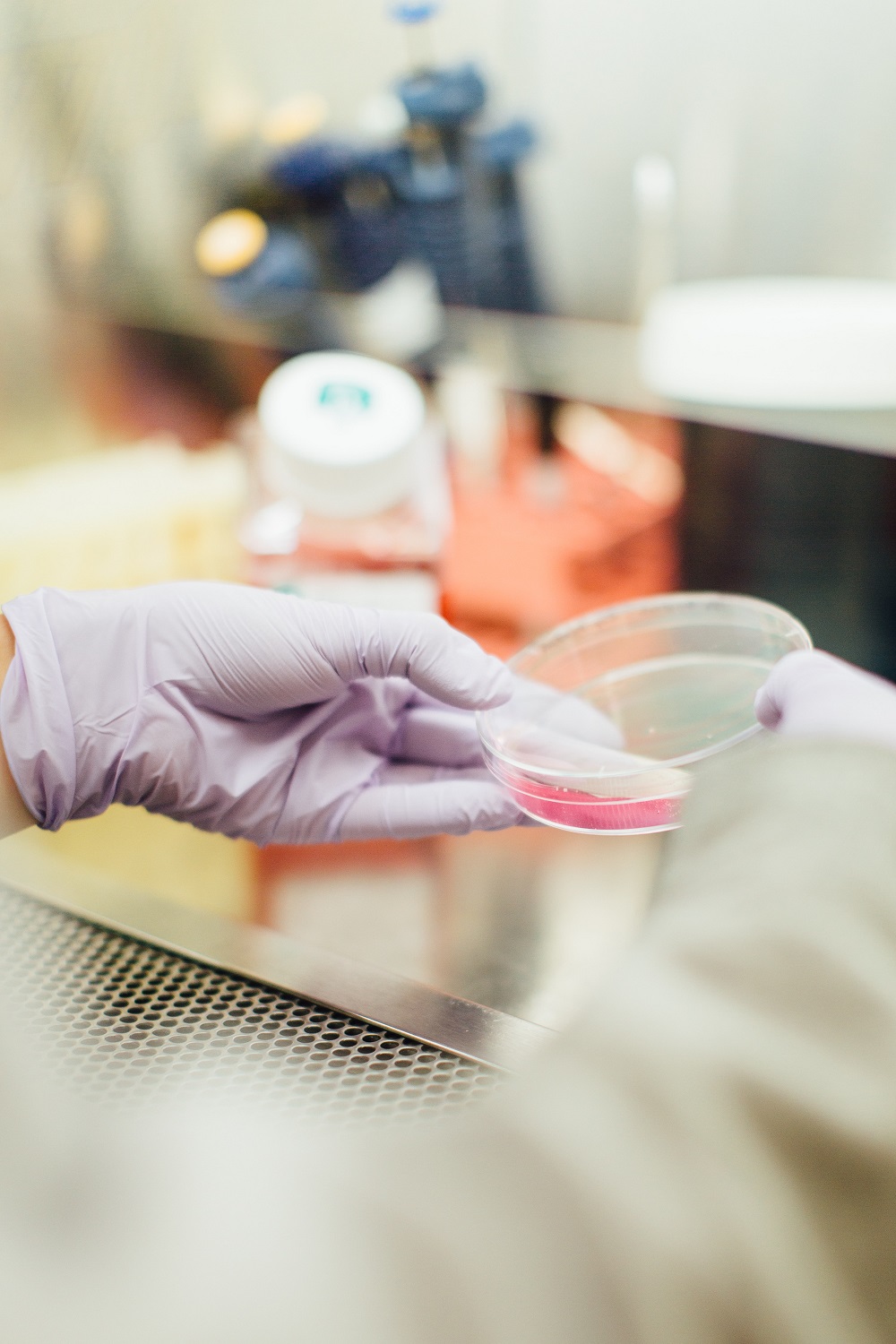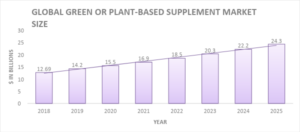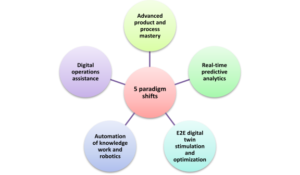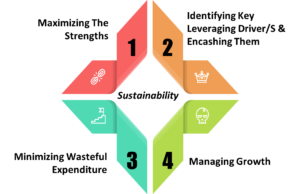Revolutionizing pharmaceutical R & D sector
India has thrown a right smack on International co-operation by sending vital medicines to many countries during the pandemic, which has led India’s pharmaceutical sector to boom as a source of employment and innovation and become a global healthcare leader provider in need. With a well- equipped and low-cost skilled workforce, India is playing a significant role as a global manufacturing hub. This makes the country be on a growth trajectory. From the past few years, world-class competence, advantageous market conditions, robust framework, pecuniary and non-pecuniary incentives, and a growing R & D ecosystem have made India one of the most remunerative pharmaceutical sectors globally. India has allured tremendous praise and acknowledgment across various countries to globally recognize its on-going and practical steps to export this vital drug.
India’s significant advantage is:
- Funding in big-scale manufacturing pharma product units and expanding the business.
- Improving India’s ‘soft skills’ through technical knowledge and competence building and help to other developing and developed countries.
- strengthening the research & development ecosystem and Fuelling pharmaceutical exports
- Enhancing access to efficacy and good secondary/tertiary health services.
According to the IPA McKinsey Report, Indian Pharmaceutical industry is poised to increase its revenue from $38-40 Bn to $120-130 Bn by 2030, with a CAGR of 11-12%.
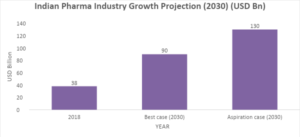
Source :IPA Mckinsey Report 2020
Therefore, India is increasingly known as the ‘pharmacy of the world,’ or ‘pharma hub,’ exporting its pharmaceutical products globally.
Advanced technologies used in Pharma R&D:
Nanotechnology and Microarray are the new emerging technologies in the pharmaceutical R & D sector. Along with this pharmaceutical R & D sector make use of FAIR (Findability, Accessibility, Interoperability, and Reuse), AI-enabled digital platforms, research partnerships with academia and digital tech companies, AI for drug discovery, data principle, and blockchain technology, which is becoming a new level of sharing information and transparency to reduce many challenges faced by pharmaceutical industries. These advanced technologies have developed success rates and have minimized the time and cost of drug discovery.
Path Ahead:
Healthcare is taking centre stage due to pandemic onset, which is likely to remain at the public’s utmost priority even in the aftermath of COVID-19 worldwide. This is a tremendous opportunity for the domestic pharmaceutical players to play a leading role in global drug management by emerging as the global ‘medical superpower’ by providing medical expertise, essential drug treatment framework, and competency building to other nations with limited prospects.
India being the strategic industry and with the advantage of both reach and scale, it is essential to make a collaborative effort with regulatory agencies and government to help build an excellent ecosystem that will help the industry to grow by 11-12%, which will make India continue to be the ‘World Pharmacy’ and soon be the larger producer worldwide.
References:
- https://www.investindia.gov.in/siru/india-pharmacy-world
- https://joinhubpharma.com/why-india-is-a-hub-for-pharma-manufacturing-worldwide/

